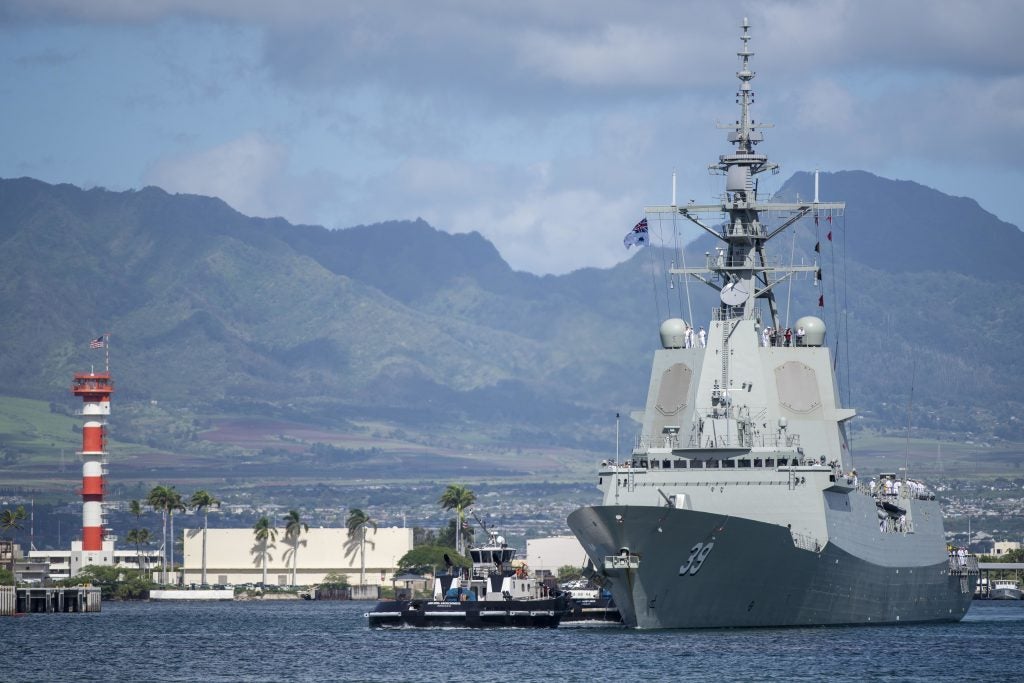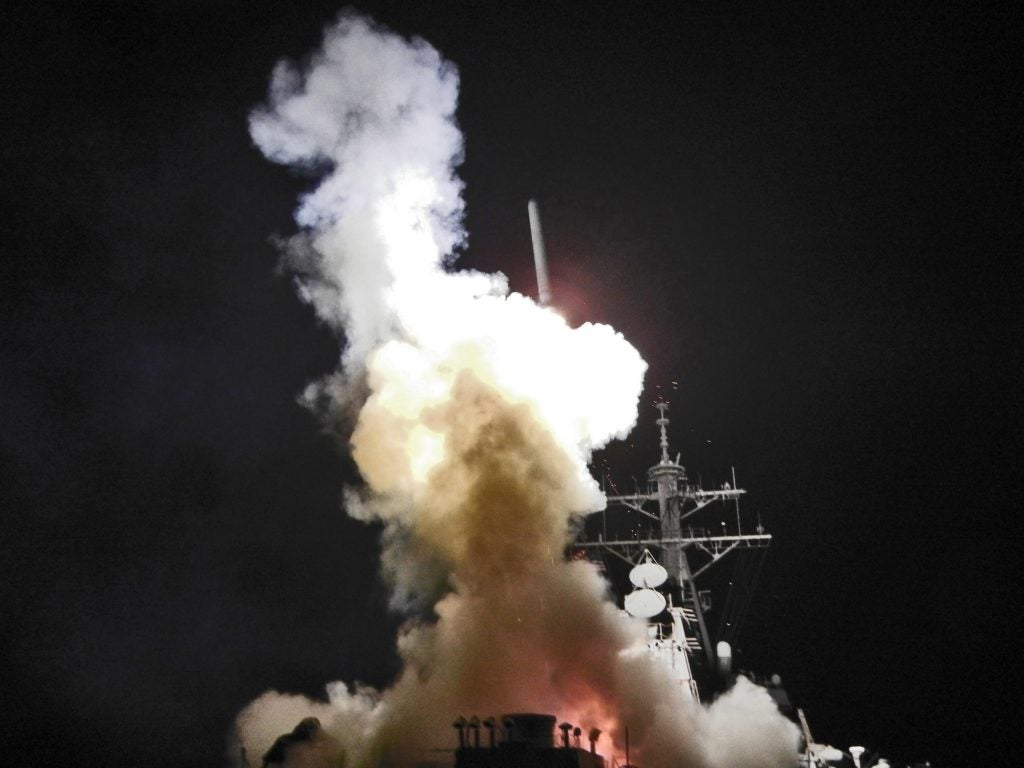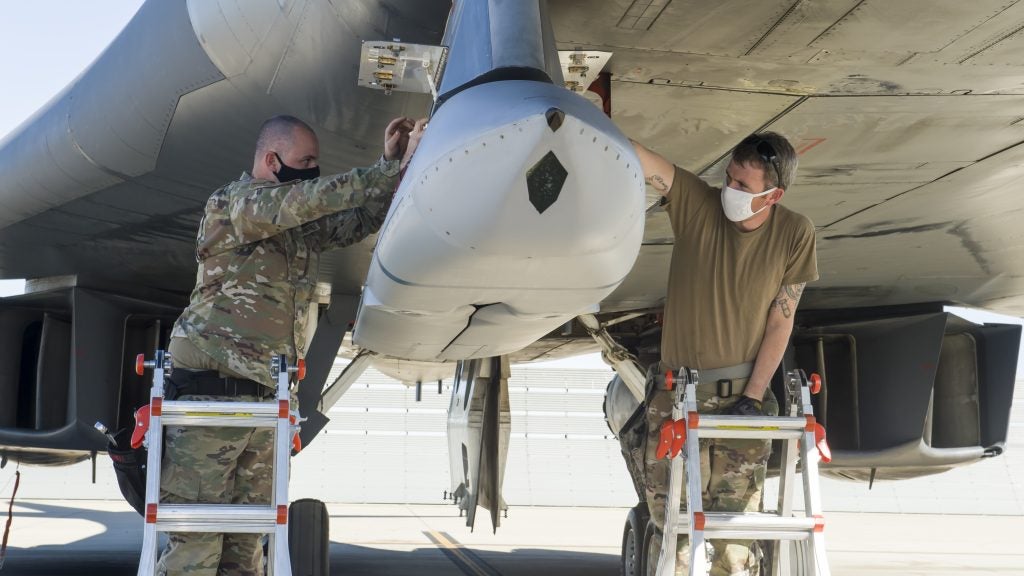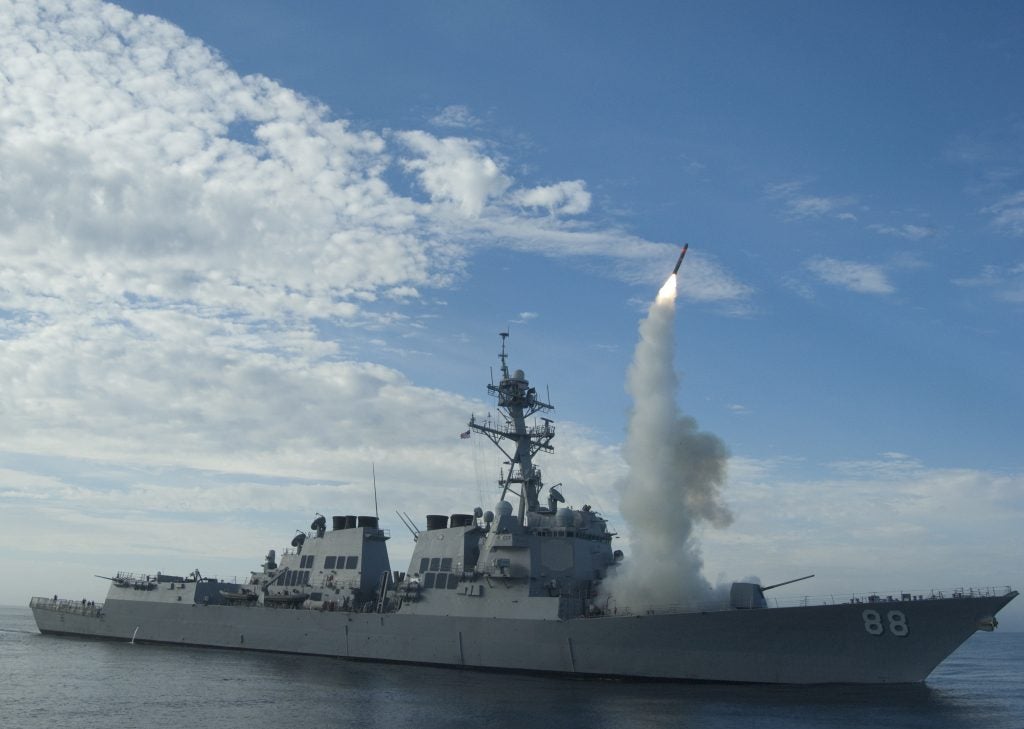Australia Announces Plan To Procure Tomahawk and JASSM-ER
The Australian Prime Minister, Scott Morrison announced that Australia will be pursuing the purchase of Tomahawk cruise missiles for their Hobart class destroyers, as well as JASSM-ER for their F/A-18 Super Hornets and F-35A Lightning.
The announcement followed major news about the Royal Australian Navy’s cancellation of the Attack Class submarine program, a class of vessels that would have been based on the French Navy’s Barracuda class submarine, designed by Naval Group. Instead, the Royal Australian Navy has opted to acquire Nuclear powered submarines with the help of the United States and the United Kingdom.

Australia is the second nation to recently announce plans to equip their Navy with the Tomahawk cruise missile. Following in the footsteps of the Royal Canadian Navy, which is also rumored to be looking at the Tomahawk cruise missile for their Canadian Surface Combatant class of frigates. The Australian purchase will likely be of the latest Tomahawk variant, dubbed the Block V, which the U.S Navy is currently procuring. The missiles will be carried by the Royal Australian Navy’s Hobart class destroyers, joining a number of new weapon systems acquired to equip the class.
The Tomahawk Block-V

The latest variant of the Tomahawk brings many changes to the well-known cruise missile. The Tomahawk Block V will have different sub-variants dubbed Block Va and Vb. The baseline Block V missile will include a complete upgrade of the missile’s Navigation and Internal processing systems, according to FY22 budget documents state:
“The Block V is a modernized TACTOM (Block IV) missile that includes Navigation Communications (NAVCOMMs) upgrade and Advanced Communication Package (ACP). These TACTOM upgrades consist of the Integrated Single Box Solution (ISBS) radio, two new antennas, and associated cabling, a new mid-body cover, changes to the aft-body structure and aft-body cover, and installation of the ACP.”
The Block Va, dubbed Maritime Strike Tomahawk (MST), will be the latest variant to bring back the anti-ship capability to the Tomahawk family, which was dropped when the original Tomahawk Anti-Ship Missile (TASM) was retired. The new missile includes changes to how the missile seeks targets, it makes use of the same seeking techniques that the LRASM uses. Raytheon reportedly completed field tests of an advanced ESM seeker to be installed as part of the improvement program. It can track multiple targets at once and has a wideband conformal array consisting of 16 antenna.
These capabilities will allow the MST to overcome the challenges associated with the late Cold War TASM. The other variant, Block Vb incorporates a new warhead that combines the effects of a blast fragmentation warhead with an increased penetration capability. This enables the missile to deal with a broad set of land targets. The new upgrades also include the introduction of M-code GPS receivers on some Tomahawks. In 2020, the U.S. Navy declared that its entire stock of Tomahawk missiles would be upgraded to the Block V standard.
The JASSM-ER

JASSM-ER is the current production variant of the JASSM family of land-attack cruise missiles. The missile has a range of 900km (532 miles) and makes use of stealthy design and shaping to evade detection by modern air defense systems. The JASSM-ER is currently in service with the United States Air Force. Although this is the first time a plan to procure JASSM-ER has been announced by Australia, the nation has already signed an agreement to locally produce the LRASM, the JASSM-ER’s anti-ship variant. The agreement, which was finalized in 2020 between Lockheed Martin and Thales Australia, would open a local production facility for the surface-launched variant of the missile. Therefore, it is likely that the JASSM-ER missiles to be procured by Australia will be locally produced in the same facility. The press release states that the JASSM-ER missile will be integrated into the Royal Australian Air Force’s fleet of F/A-18C/D Hornets, and F-35A Lightning.
The Tomahawk and JASSM-ER missiles will allow the Australian Defense Force to hold long-range targets at risk, a capability the Australians have lacked in recent decades and were destined to acquire again. These new systems join many big-ticket items the Australian Defense Forces plan to acquire in the coming years, these include a host of systems we have reported on in the past, such as the latest generation of Surface to Air Missiles and the LRASM anti-ship missile. The announcement for these new missiles follows several major defense-related developments coming from the Indo-Pacific region this week. The Australian plans to procure these systems and increase its defense spending mirrors similar developments out of South Korea and Japan. While undoubtedly these recent purchases and requests will be seen as destabilizing for the region by many, they are the unfortunate consequences of similar developments in China. Thus, nations in the region have been forced to react by bolstering their defensive and offensive capabilities.

